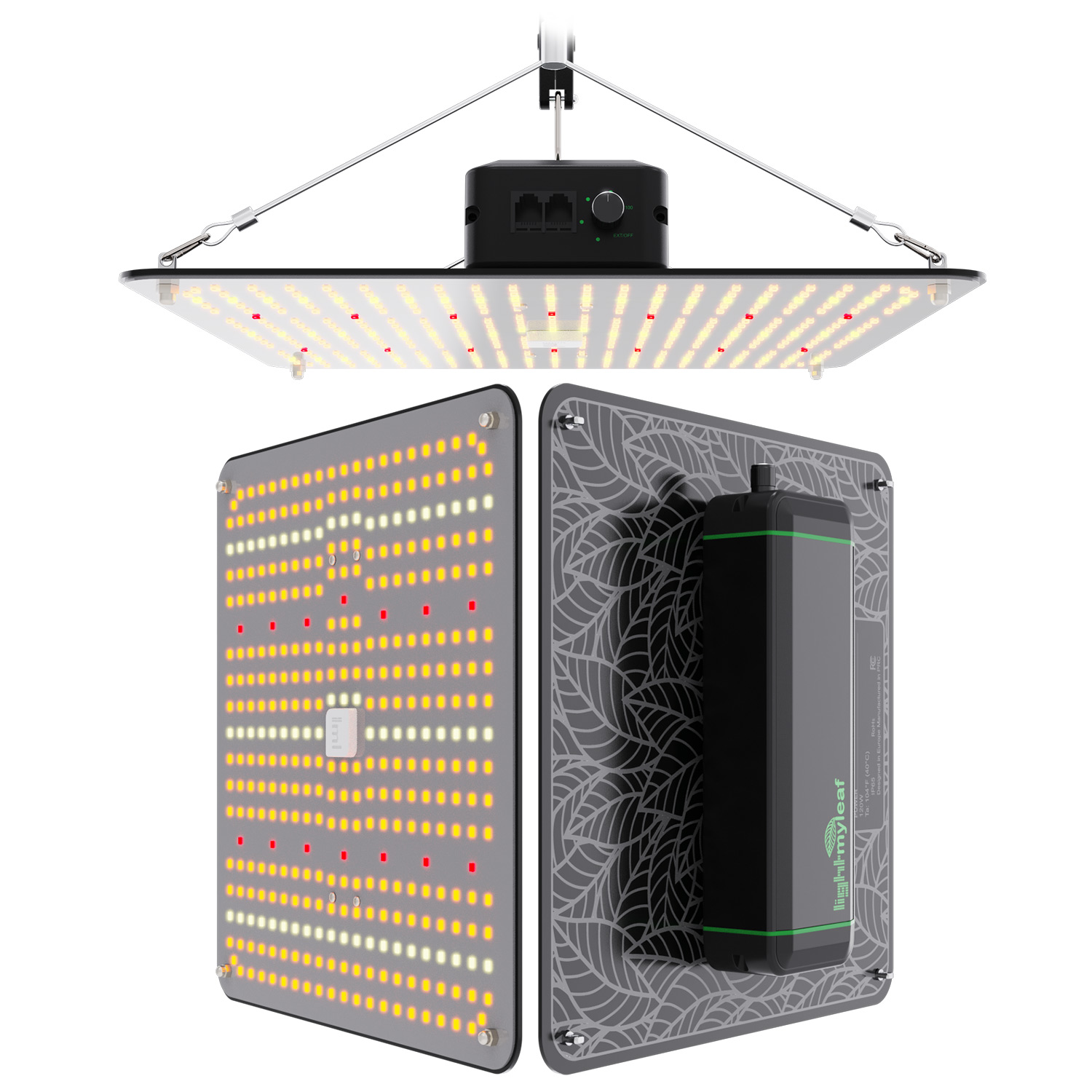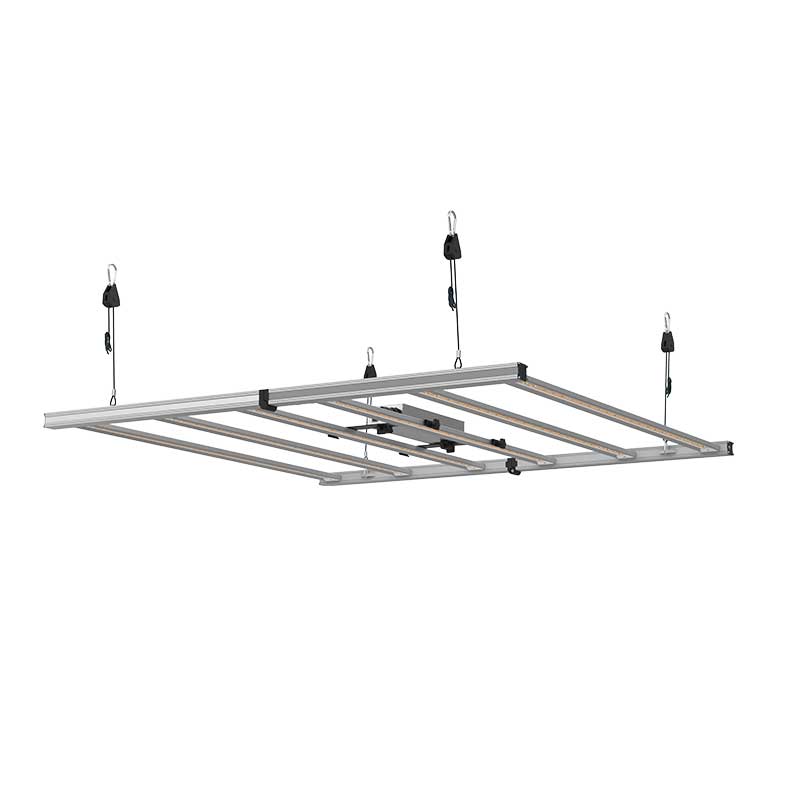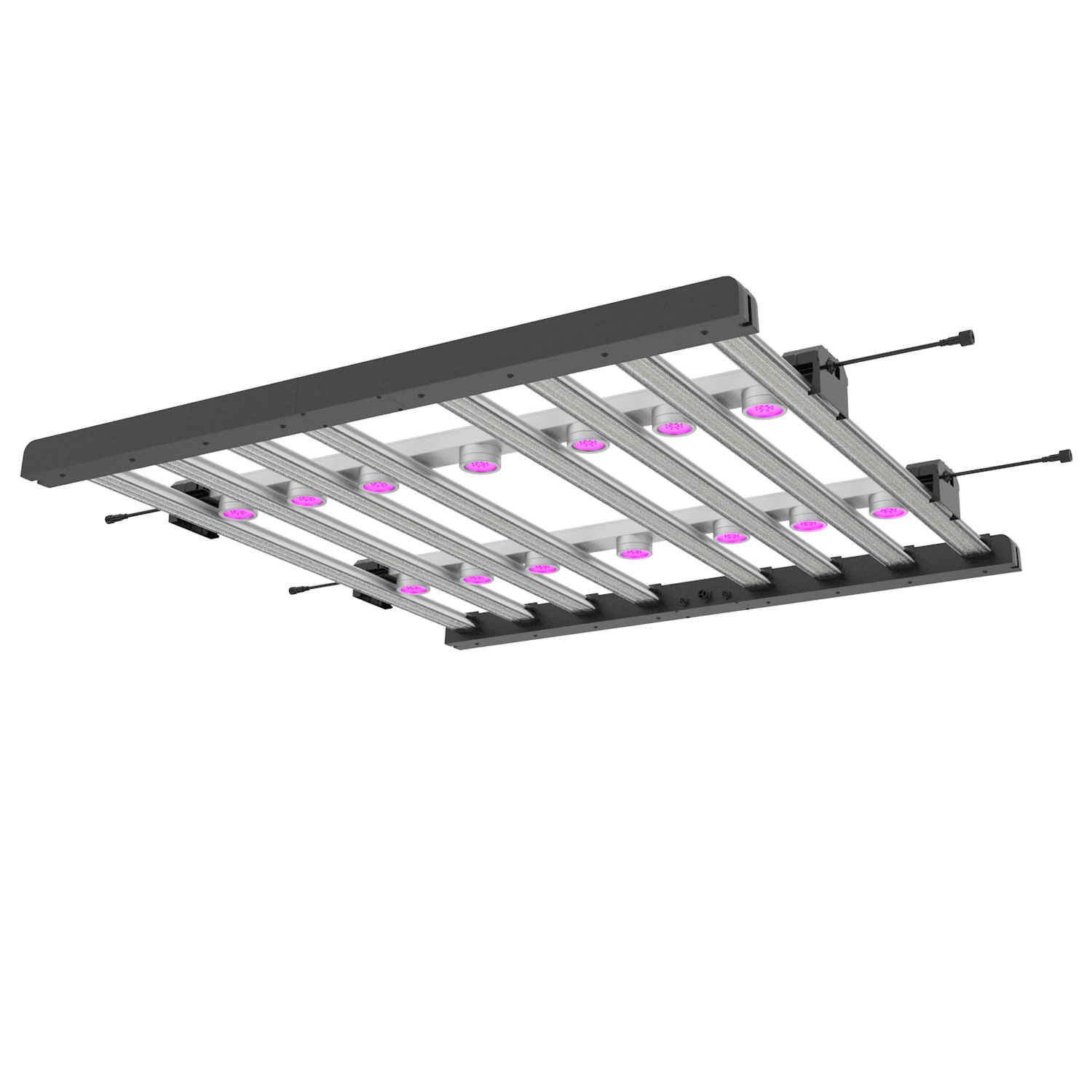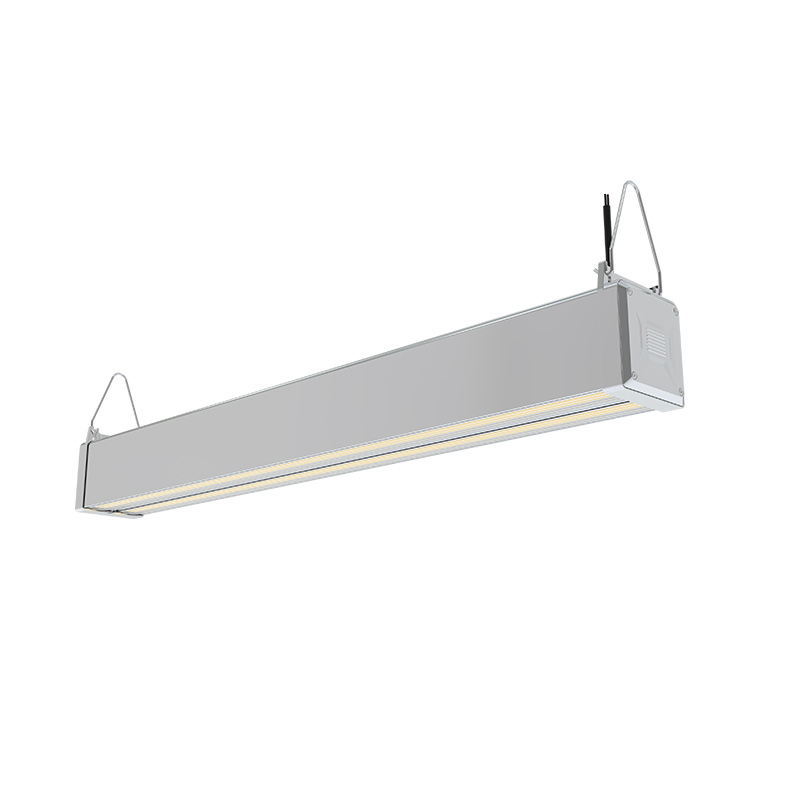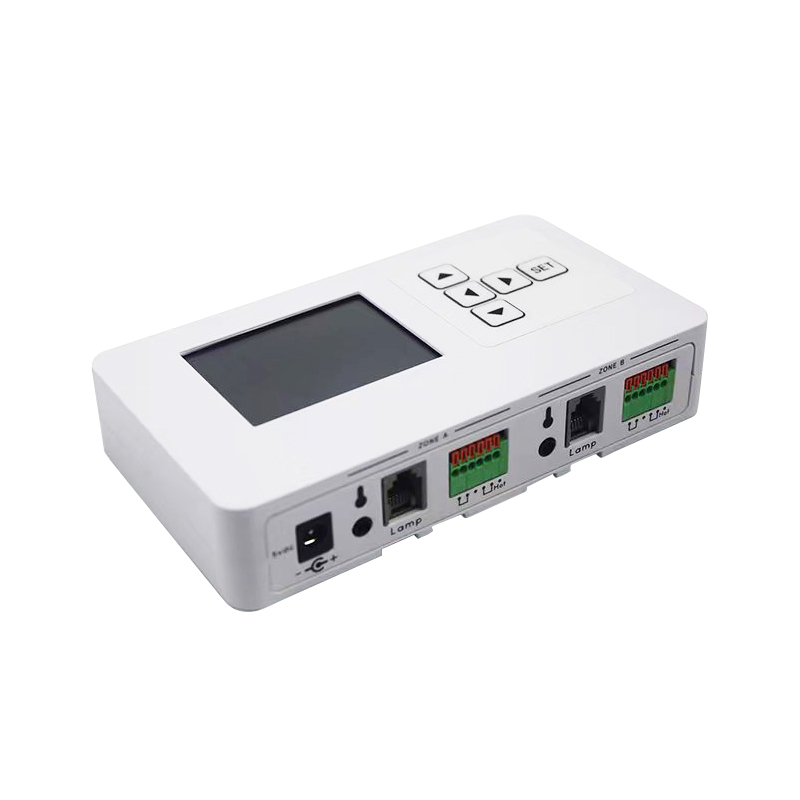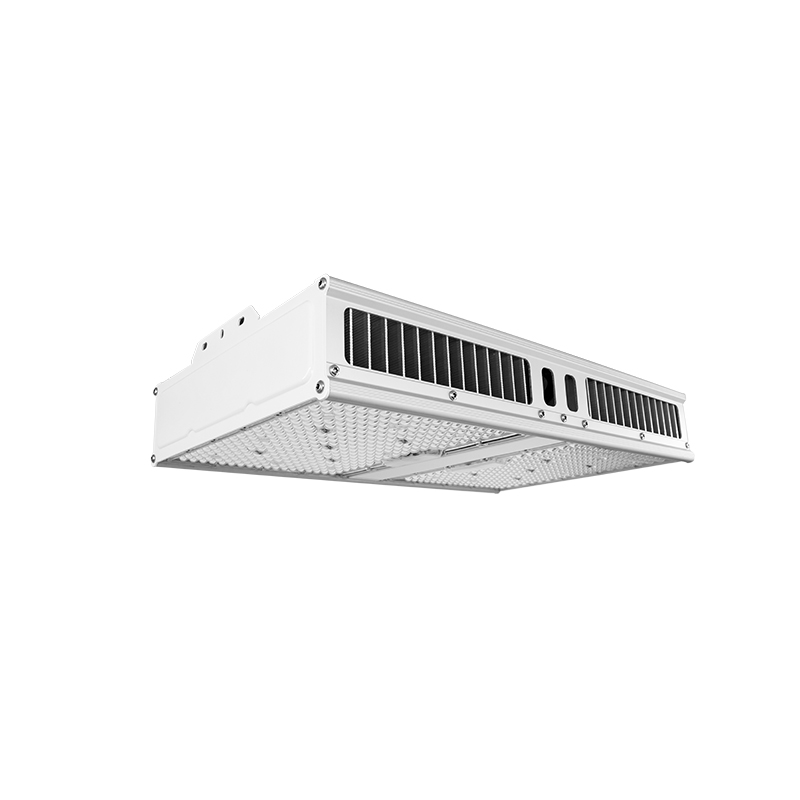Wholesale
LED Grow Light
Manufacturer
TUBU OEM / ODM factory helps you achieve sustainable development and maximize economic benefits
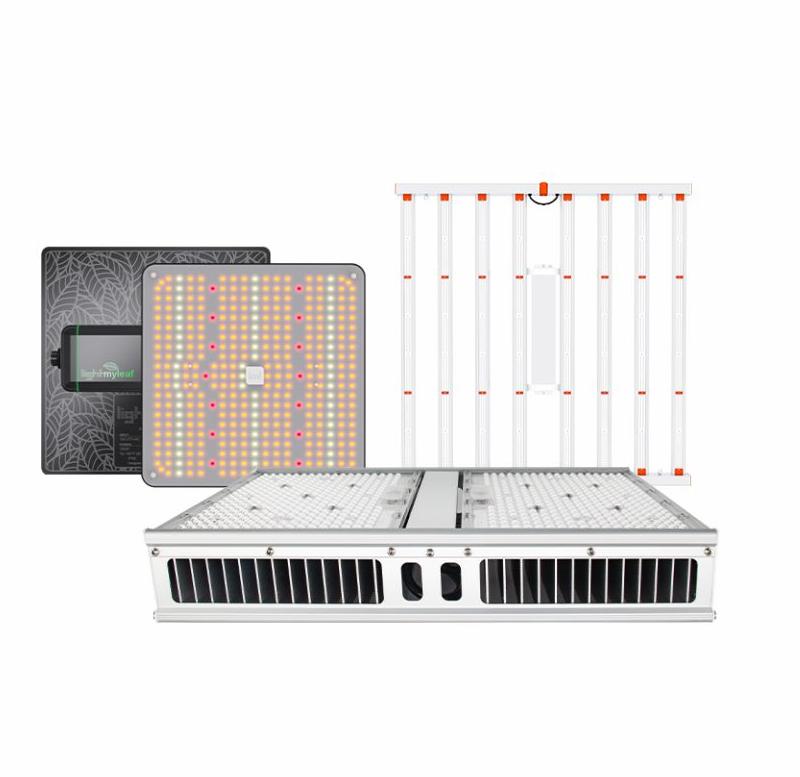
Pain Point Solutions for LED Grow Lights
When choosing LED plant lights, you often face many pain points and problems. Don't worry, our LED plant light series are designed to solve these problems, meet your planting lighting needs in all aspects, and become the right partner for your plant growth.
How to Address Inadequate Lighting Effect of LED Grow Lights
TUBU LED Plant Grow Lights utilize cutting-edge photobiology research to provide tailored spectral combinations. By analyzing the unique light quality, light intensity and photoperiod requirements of different plant species (lettuce, peppers, tomatoes, potatoes, etc.) and growth stages(germination, seedlings, flowering, fruiting, etc.), we customize our exclusive spectrums to maximize growth. For vegetable seedlings, we enrich the spectrum with blue light to promote stem and leaf growth. During flowering and fruiting, we switch to a red-rich light source to stimulate bud formation and fruit development for improved yield and quality. Our high-purity, high-brightness LED chips ensure that every photon is efficiently absorbed by the plant, providing scientifically accurate illumination for healthy plant vigor.
How to Solve the Problem of Uneven Lighting of LED Grow Lights
We've invested heavily in optical design, equipping our lights with advanced secondary lenses and reflectors. Through precise calculations and simulations, we ensure over 90% light uniformity in the coverage area. Whether in large greenhouses or small indoor setups, every plant thrives evenly, simplifying management and saving you effort.
How to Solve the Problem of
Complex Operation of LED Grow Lights
We have taken into account the user's convenience and equipped the LED plant light with a simple and intuitive smart control system - with two independent lines, each connecting up to 50 power sources, which can intelligently adjust the light output according to the plant's needs and provide sunrise/sunset simulation to promote the healthy growth of the plant. Smart grow light control system provides Bluetooth function and APP support, which enables remote monitoring and adjustment. Integrated sensors monitor humidity, temperature, light, CO2 levels and smoke to enhance plant safety and growth efficiency. It also features a thermal shut-off function that automatically shuts off the light when the temperature exceeds the safe range, preventing heat damage to the plants.
How to Solve the Problem of Lack of Durability of LED Grow Light
We understand the importance of product durability to the user, so we are strict from the selection of materials to the manufacturing process. The fixtures are made of high quality LED beads with a long service life, calculated according to the LED LM80 test report, the service life is up to L70 > 54,000 hours, which greatly reduces the frequency of replacement. At the same time, the heat dissipation system has been carefully designed, the use of efficient heat dissipation materials and reasonable heat dissipation structure to ensure that the lamps and lanterns can effectively dissipate heat during long working hours, to avoid overheating caused by the beads of light failure and other parts damage. And we provide perfect after-sales service guarantee for each LED plant light, three-year warranty, so that you have no worries, feel free to use.
How to Solve the Problem of
High Energy Consumption of LED Grow Lights
Our LED plant lights use advanced energy-saving technology, selecting high-efficiency sanan, samsung + osram, sanan smd2835+3535 , sanan 5050 LED chips, combined with optimized circuit design, under the premise of ensuring sufficient light intensity and high-quality light effect, energy consumption can be reduced by 50% compared with traditional plant lights. This not only saves you a lot of electricity costs, in the long run, for commercial planting is a significant increase in economic benefits.
Lack of Professional Planting Guidance, Don't Know How to Match the Use of Plant Lights
We not only provide high quality LED grow light products, but also build a professional grow light knowledge platform for you. On our website, you can find abundant grow guides, plant lighting tutorials and lighting case sharing of different plants, which help you understand the relationship between plant growth and light, and learn how to arrange and use plant lights scientifically according to the actual situation. In addition, our sales team also consists of professional plant lighting consultants, who are ready to answer your questions and provide personalized planting lighting suggestions, so that you can make less detours in the planting process and give full play to the advantages of plant lights.
LED Grow Lights Products
LED Grow Light, i.e. LED Plant Grow Light, is a kind of artificial light source that uses LED as the luminous body to meet the light conditions required by plants for photosynthesis. LED Grow Light is energy efficient, spectrally accurate, generates less heat, has a long lifespan and durability, which significantly promotes the growth of plants, shortens the growth cycle, and improves the quality of crops.
TUBU's ETL certified Full Spectrum LED Quantum Plate Grow Light with Full Spectrum Samsung and Osram LED 3000K + 4000K + Red 660nm + IR 730nm + UV 405nm LEDs is designed for growing marijuana and other plants from veggies to harvest. Up to 2.8~3.0 umol/j. 10%~100% Dimming, Knob/App/Wifi/Computer/Control Tablet + RJ14. rebrandable, customized spectrum OEM/ODM available.
LED Grow Light Applications

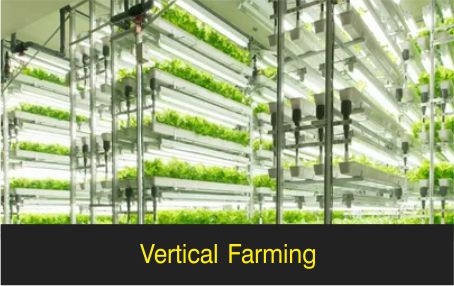

Why Choose TUBU LED Plant Lights?
Superior advantages, lighting up a new realm of plant growth, intelligent control, customized spectrum, enabling individual control of each color.
Customized Spectra for Precise Matching
The spectrum of the plant light mainly includes red light (600~700nm), blue light (400~500nm), green light (500~600nm), far-infrared light (700~800nm), ultraviolet light (280~400nm), and near-infrared light (above 800nm). The spectra can be customized for different plants at different growth stages to meet the light needs of the whole life cycle and enhance yield and quality.
Uniform lighting, wide coverage
Advanced optical design ensures uniform light, large coverage area, suitable for various growing environments. Light distribution is balanced, no light and dark differences, light spot elimination, light spot elimination, overall brightness is consistent.
Intelligent control, convenient and efficient
Intelligent system supports remote, timed and automatic dimming, automatically switching modes according to the growth stage, making management easier.
Energy saving and environmental protection, long life
High-efficiency LED technology reduces energy consumption, and the long-life design reduces resource waste, in line with the concept of green planting.
Excellent quality and perfect after-sales service
Strict production and quality testing to ensure worry-free quality; perfect after-sales service, so that you can use more peace of mind.
Why TUBU’s LED Grow Light Factory?
TUBU LED grow lights factory is committed to providing you with quality products and services to meet your individual needs. Whether you need factory direct lowest price products, customized Logo, customized packaging or customized spectral services, we will be happy to serve you and create a bright future together!
Product Testing
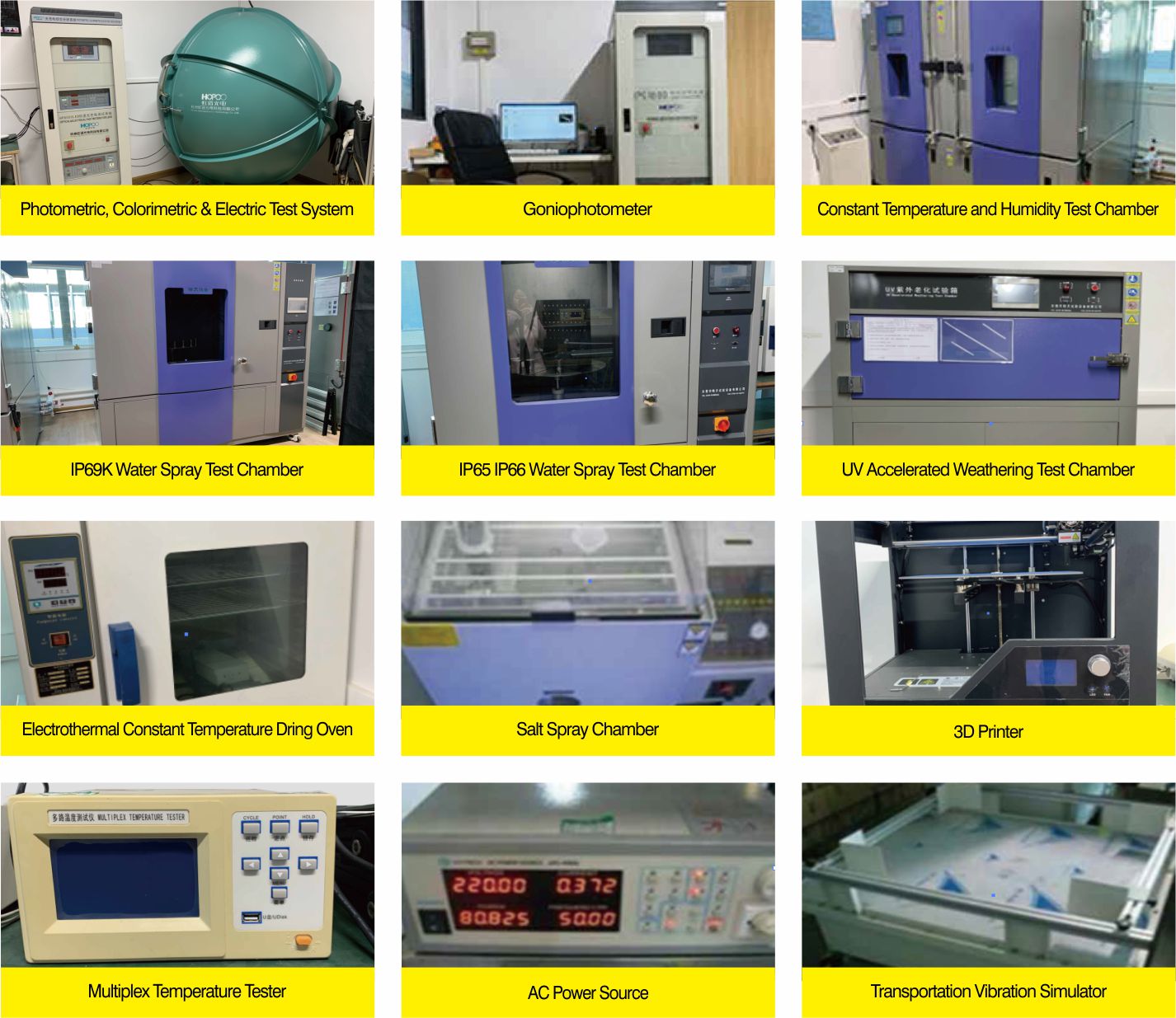
Production Process

FAQ
LED grow lights can be used for a wide variety of plants, including vegetables, herbs, flowers, and even certain fruit plants. However, different plants have different light requirements, so it is important to choose the right spectrum and intensity for optimal growth.
The distance between the LED plant grow light and the plant depends on the wattage, coverage area, and light intensity of the particular light. In general, LED plant grow lights should be placed 12-24 inches above the plant for best results. Adjustments may be needed depending on plant response and growth stage.
Different plants require different spectrums. In general, plants need a mix of blue and red light for healthy growth. Blue light promotes nutrient growth while red light stimulates flowering and fruiting.
While LED grow lights provide the necessary spectrum for plant growth, natural light is still beneficial.LED plant grow lights are great for supplementing natural light, especially in indoor environments with limited sunlight exposure.
LED grow lights have an average lifespan of 50,000 to 100,000 hours, depending on the quality of the lights and operating conditions. This translates to several years of continuous use in most growing environments.
Submit Your Request
We’re always excited about your message, so feel free to get in touch, we will reply you within 2 hours.

